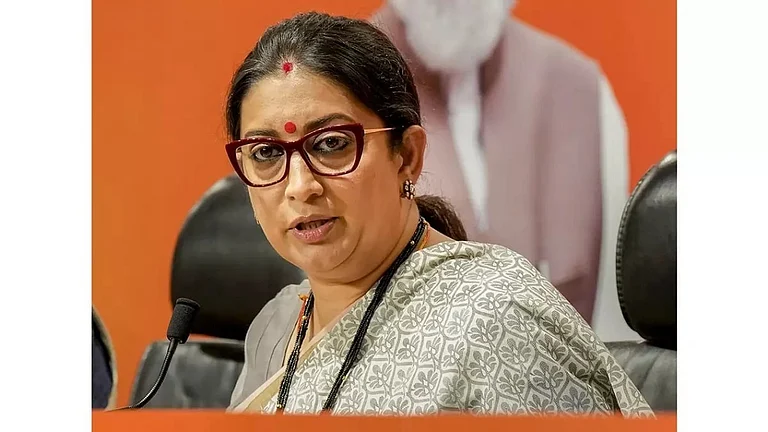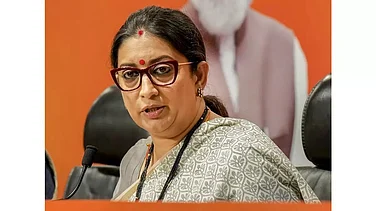The world needs to put in massive efforts to stop and reverse the biodiversity loss, scientists have warned.
More than 50 scientists from 23 countries came together to deliver to governments a synthesis of the science informing and underpinning 21 targets laid out in Aichi Biodiversity Targets. These 21 targets are referred to as post-2020 Global Biodiversity Framework (GBF) and are part of the UN Convention on Biological Diversity. GBF is scheduled for adoption at a world biodiversity summit in China to be held later this year.
The analysis was coordinated by two renowned international science bodies: bioDISCOVERY, a programme of the Future Earth organization, and the Group on Earth Observations Biodiversity Observation Network (GEO BON).
The scientists expressed the need for a successful, coordinated action across a diverse, interconnected set of "transformative" changes, including massive reductions in harmful agricultural and fishing subsidies, deep reductions in overconsumption, and holding climate change to 1.5 degrees Celsius.
They said that halting and then reversing the dangerous, ongoing loss of Earth's plant and animal diversity requires far more than an expanded global system of protected areas of land and seas.
Paul Leadley, an assessment leader, past chair of bioDISCOVERY, and Professor at Paris-Saclay University, France said, "The target of protecting 30 per cent of all land and seas is important and attracting a lot of attention. And expanding protected areas is a good start if done well, but far short of what's needed to halt and reverse biodiversity loss - called bending the curve' for biodiversity'."
He went on to add, "Governments are clearly struggling with the breadth and depth of the transformative changes needed to bend the curve for biodiversity, and sometimes seem unwilling to face up to it. But deep changes are necessary and will greatly benefit people in the long run."
Lynne Shannon, Co-Chair, bioDISCOVERY and a Professor at the University of Cape Town, South Africa noted, "The essential point is that there is no one-to-one linkage from any action target to a specific milestone or goal; instead, 'many-to-many' relationships exist among them. We need to recognise, therefore, the complex relationships among targets, milestones, and goals and undertake our planning and actions in an integrated manner."
The group noted key points and made some recommendations in this regard. Success requires transformative change. Past experience in slowing and reversing biodiversity loss as well as scenarios of future biodiversity change show that only a comprehensive portfolio of interrelated actions will significantly reduce direct threats to biodiversity from land and sea use change, direct exploitation of organisms, climate change, pollution, and invasive alien species. None of the Global Biodiversity Framework targets that address these direct threats to biodiversity will alone contribute more than 15 per cent of what's needed to reach the world's ultimate goals for ecosystems, species, and genetic diversity.
Action must be coordinated at every scale, with progress assessed frequently. The degree of biodiversity change, and the relative importance of drivers, vary greatly across scales and from place to place, and drivers in one place can affect biodiversity in other places far away ("telecoupling," for example through global trade, climate change, etc).
Success will require action coordinated across local, national, and international levels, in natural and managed ecosystems, and across intact and working lands and seas.































